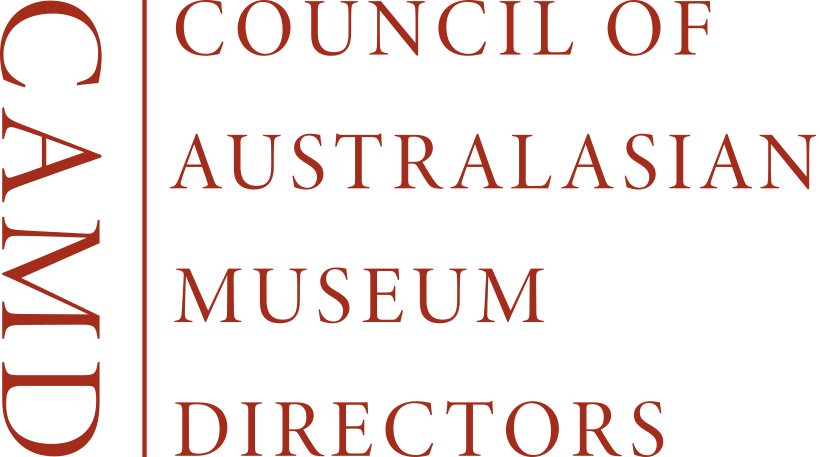Annie Barnard & Lucia Adams, At Nancy Adams’ Desk: Juvenilia and wildflowers, Te Papa Blog, June 2024
As part of a summer research project, Lucia Adams from Botany and Annie Barnard from Art worked with Te Papa’s collection of Nancy Adams’ works. Annie and Lucia digitised botanical specimens that Adams collected, enriched catalogue records of her artworks and archival material, and did research and writing about her work and influence. They took a series of field trips to sites that were important in Nancy’s life and work. Here is the third and final in a series of blogs documenting these trips.
Nancy Adams (1926–2007) was one of Aotearoa New Zealand’s most notable botanists and a talented artist. She painted an incredible number of botanical illustrations, using them to produce important books about Aotearoa New Zealand’s flora, including seaweeds, trees, and alpine plants.

A crisp, white lab coat, an ashtray, piles of books and vases of flowers, a delicate watercolour still drying on the thick paper, this is the desk of Nancy Adams. As we have discovered, Nancy’s archived world is vast. Because of her work as a botanist, we have so far explored her seaweeds and coastal flowers, our first blog touching on the flower shore bindweed in Island Bay, our second discussing the algae Neptune’s necklace in Days Bay. Though Nancy was an intrepid seaweed explorer, a large part of her observations of the flora occurred right here in Wellington, in suburbs as close as Brooklyn and Karori – where we meet her again here engaging with wildflowers.

Nancy’s family life
On her mother’s side, Nancy was a Whittaker, of Whittaker’s Chocolates. Though born in Levin, she grew up largely in Brooklyn, Wellington near the Te Aro-based Whittaker’s factory. Our interview with Wendy Nelson gave us an insight into Nancy’s family history. Wendy described Nancy living in her large Brooklyn home “with her two uncles, her mother and her grandparents”, and with other family members coming and going. Nancy’s grandfather would have to go to the factory to light the boiler every Sunday evening, to heat up the chocolate.
On her father’s side, Nancy’s great grandfather was James Adams, an amateur botanist and plant-lover. James was close friends with the Auckland based botanist Thomas Cheeseman. Together they made many botanical excursions. Cheeseman honoured his friend’s contributions to botany by naming several species after him, including Brachyglottis adamsii, Veronica adamsii, and the now extinct Trilepedia adamsii. The type specimen of Veronica adamsii is held in the Te Papa herbarium, this is the only specimen we have of this species: https://collections.tepapa.govt.nz/object/228681
The juvenilia collection
In our archival investigations, we came across an extensive collection of watercolours, pencil, and crayon drawings that Nancy produced when she was around 8 to 15 years old – though most of these were done in 1938, when Nancy was 12.

This has been my personal favourite collection of the archive. Nancy was evidently an artistic and observant child. She created works that are both earnest and delightful. Nancy attended Brooklyn School, and was encouraged by Principal William Martin to draw from nature. William would take groups to the Wellington Botanical Gardens to observe and draw. As a teenager, Nancy was a student at Wellington Girls’ College, where Lucy Bentham was her art teacher. She also took art classes at Wellington Technical College School of Art, tutored by Fred Ellis and Reginald J. Waghorn.[1] I’ve selected several pictures from this collection to share in this blog, but the juvenilia collection can also be seen on Collections Online.
Nancy’s subject matter in her Juvenilia collection is varied, yet she had a clear interest in animals and plants. Two particularly lovely watercolours depict different types of birds and ‘Moods of Bess’—a horse whose emotions Nancy had closely observed:

Nancy lived in New Zealand throughout her childhood, but was adept at creating imaginative landscapes:

Whereas these works display Nancy’s interest in fashion:

We can see all of these themes repeated throughout Nancy’s varied career. Her interest in fashion did not fade. During our research project, Te Papa collection manager Andrea Hearfield shared some amazing images of Nancy modelling garments from the museum’s collection:

In 1965, Nancy discovered that the Museum’s textile collection needed to be put ‘in some sort of basic order’, due to the wartime backlog.[2] Parades and pageants were popular during this time. Nancy contributed to several of these events, created in the hopes of increasing the public awareness and popularity of these garments. Her investment in the registration and acquisitions of the textile collection was strong for two decades, and was carried out alongside her work as a botanical artist, technical officer, and botanical assistant curator.

